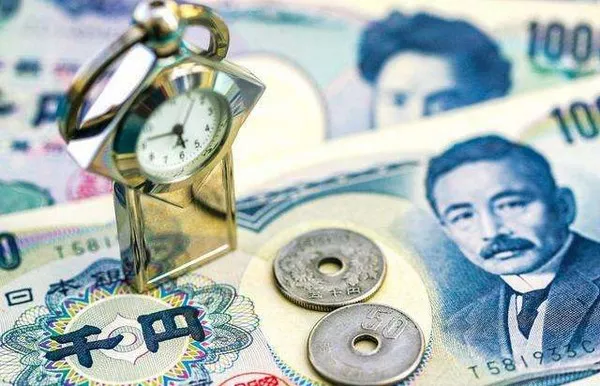The Japanese Yen (JPY) is under pressure against the US Dollar (USD) for the second consecutive day on Wednesday, as a positive global risk tone reduces the demand for traditional safe-haven assets. US President Donald Trump’s executive order to alleviate the impact of new tariffs on the auto industry, along with progress in trade negotiations, has bolstered investor confidence. At the same time, weaker-than-expected domestic data from Japan has added to the downward pressure on the Yen.
Despite the negative bias in JPY, significant depreciation remains elusive, with many traders opting to stay on the sidelines ahead of the Bank of Japan’s (BoJ) crucial two-day policy meeting, which started today. The BoJ is expected to maintain its accommodative stance, keeping interest rates unchanged as it navigates the risks posed by US tariffs on Japan’s fragile economy. However, persistent inflationary pressures in Japan provide room for future policy normalization, potentially supporting the Yen in the long term.
Investor sentiment has been supported by a slew of positive news, including Trump’s tariff adjustments, which will allow US carmakers to reduce taxes on imported parts. Additionally, US Treasury Secretary Scott Bessent expressed optimism about potential trade deals, fueling further positive risk sentiment. This shift has kept the Yen’s demand muted.
Meanwhile, Japan’s economic data released this Wednesday painted a bleak picture. Industrial production contracted by 1.1% in March—far worse than expected—while retail sales grew 3.1% YoY in March, also falling short of market forecasts. These data points have weighed on the Yen, contributing to its underperformance against the USD.
The BoJ’s policy meeting, which began today, will culminate in a decision on Thursday. While a rate hike is highly unlikely due to the ongoing concerns surrounding US tariffs and their potential to stifle Japan’s economic growth, the BoJ faces a mixed economic backdrop. Persistent inflation and wage hikes in Japan may eventually prompt the central bank to tighten policy, potentially providing support for the Yen later in the year.
On the other hand, disappointing US data, including the Job Openings and Labor Turnover Survey (JOLTS) and the Conference Board’s Consumer Confidence Index, have fueled expectations that the Federal Reserve may resume rate cuts in the coming months. The US job openings report, showing a decline to 7.19 million in March, below expectations of 7.5 million, alongside a slump in consumer confidence, has weighed on the Greenback. These developments have helped keep USD near multi-year lows.
Market participants are closely monitoring Wednesday’s US economic releases, including the ADP private-sector employment report, Q1 GDP, and the Personal Consumption Expenditures (PCE) Price Index. The US Nonfarm Payrolls report on Friday will also be pivotal in shaping expectations for the Federal Reserve’s next policy moves.
The divergent policy outlooks between the BoJ and the Federal Reserve continue to favor the Yen, limiting upside potential for USD/JPY. The currency pair is currently facing resistance near the 142.60-142.65 range, with a decisive break above this level potentially signaling a shift toward further upside. However, should the pair fail to break through this hurdle, a further retreat toward the mid-141.00s or even the 140.00 mark may be on the horizon.
Technical indicators suggest a cautious outlook, with USD/JPY struggling to sustain gains above the 100-period Simple Moving Average (SMA) on the 4-hour chart. If the pair drops below the 142.00 level, it could extend its decline, with the next support zones around 141.10 and 140.50. Conversely, a break above 142.65 could propel the pair towards the 143.00 and 143.40-143.45 resistance levels, with potential for further gains if those levels are cleared decisively.
Related Topics:
Current Yen Exchange Rate: What Is 25000 Yen to Dollar?
Current YEN Exchange Rate: What Is 500 Japanese Yen to USD?
Current YEN Exchange Rate: What Is 1000 JPY to GBP?


